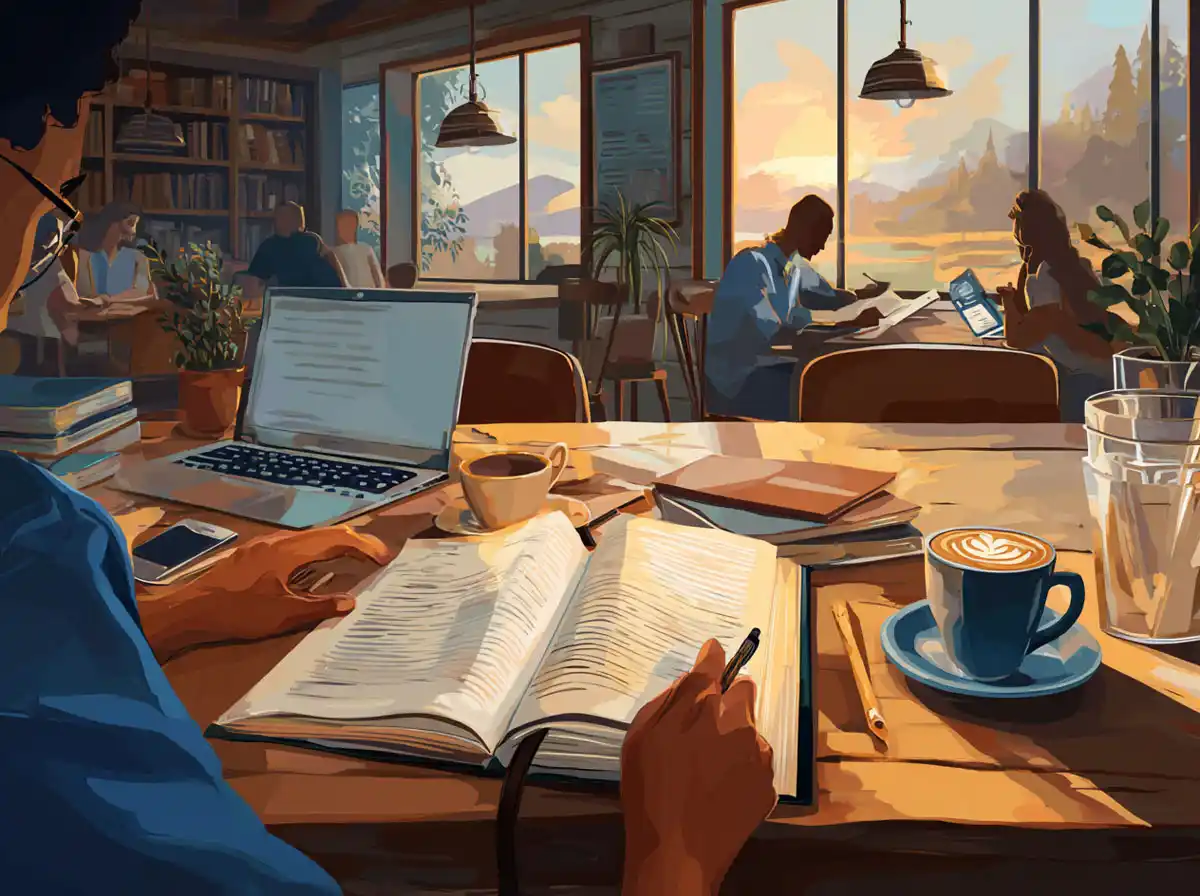نقاشی (naqqāshi) – Painting
نقاشی (naqqāshi) refers to the art of painting. It involves applying pigment to a surface such as canvas, paper, or walls to create an image. Painting is a broad field that encompasses various styles, techniques, and historical periods.
سطح (sath) – Surface
The term سطح (sath) refers to the surface on which the painting is done. It could be anything from canvas to walls.
او نقاشیهای خود را بر روی سطح بوم انجام میدهد.
رنگدانه (rangdāneh) – Pigment
رنگدانه (rangdāneh) is the substance that gives color to the paint. These can be natural or synthetic.
رنگدانههای طبیعی در نقاشیهای قدیمی استفاده میشدند.
بوم (boom) – Canvas
بوم (boom) is a type of surface commonly used for painting. It is usually stretched over a wooden frame.
او یک بوم بزرگ برای نقاشی جدیدش خرید.
Styles and Techniques in نقاشی (naqqāshi)
سبک (sabk) – Style
سبک (sabk) refers to the distinctive manner in which an artist paints. Various styles include realism, impressionism, and abstract art.
سبک نقاشی او بسیار واقعگرایانه است.
تکنیک (teknik) – Technique
The word تکنیک (teknik) refers to the methods and skills used by the artist to create a painting.
او تکنیکهای مختلفی را در نقاشی خود به کار میبرد.
واقعگرایی (vāqe’garāyi) – Realism
واقعگرایی (vāqe’garāyi) is a style of painting that aims to represent subjects as they appear in real life.
واقعگرایی در نقاشیهای او بهوضوح دیده میشود.
امپرسیونیسم (empressionism) – Impressionism
امپرسیونیسم (empressionism) is a style that focuses on capturing the impression of a moment, often characterized by visible brush strokes and vibrant colors.
نقاشیهای امپرسیونیسم او الهامبخش بسیاری از هنرمندان جوان است.
هنر انتزاعی (honar-e entezā’i) – Abstract Art
هنر انتزاعی (honar-e entezā’i) refers to art that does not attempt to represent an accurate depiction of visual reality but instead uses shapes, colors, forms, and gestural marks.
هنر انتزاعی او بسیار خلاقانه و منحصر به فرد است.
طراحی (tarāhi) – Drawing
طراحی (tarāhi) refers to the art of drawing. Unlike painting, drawing typically involves creating images using tools like pencils, pens, charcoal, or pastels. Drawing is often considered the foundation of visual arts, as it emphasizes line work and form.
مداد (medād) – Pencil
مداد (medād) is a common tool used for drawing. It allows for precision and control.
او با مداد طراحیهای زیبایی میکشد.
زغال (zoqāl) – Charcoal
زغال (zoqāl) is a drawing medium known for its rich, dark lines and ability to create a range of textures.
طراحیهای او با زغال بسیار تأثیرگذار هستند.
مداد رنگی (medād rangi) – Colored Pencil
مداد رنگی (medād rangi) is used to add color to drawings. They are versatile and can be layered for different effects.
او با مداد رنگی طراحیهای پر از رنگ و زندگی میکشد.
Styles and Techniques in طراحی (tarāhi)
خط (khat) – Line
The term خط (khat) refers to a long, narrow mark or band that is a fundamental element in drawing.
خطهای او بسیار دقیق و زیبا هستند.
بافت (bāft) – Texture
بافت (bāft) in drawing refers to the perceived surface quality of a work of art. It can be smooth, rough, soft, hard, etc.
بافت در طراحیهای او به خوبی دیده میشود.
سایهزنی (sāye-zani) – Shading
سایهزنی (sāye-zani) involves adding darkness to certain areas of a drawing to give the illusion of depth and dimension.
سایهزنی در طراحیهای او بسیار حرفهای است.
طرح اولیه (tarh-e avaliye) – Sketch
طرح اولیه (tarh-e avaliye) is a preliminary drawing that serves as the basis for a more detailed work.
او همیشه با یک طرح اولیه شروع میکند.
Comparing نقاشی (naqqāshi) and طراحی (tarāhi)
While نقاشی (naqqāshi) and طراحی (tarāhi) are both visual art forms, they serve different purposes and require different skill sets. Here are a few key points of comparison:
رنگ (rang) – Color
In نقاشی (naqqāshi), رنگ (rang) plays a crucial role as it is the primary medium used to create images. In طراحی (tarāhi), while color can be used, it is not essential. The focus is more on lines and forms.
رنگ در نقاشی بسیار مهم است، اما در طراحی تمرکز بر روی خطوط است.
خطوط (khatoot) – Lines
خطوط (khatoot) are fundamental to طراحی (tarāhi). They define shapes and forms. In نقاشی (naqqāshi), lines can be less prominent as the focus is often on color and texture.
خطوط در طراحی اهمیت زیادی دارند.
زمان (zamān) – Time
Creating a نقاشی (naqqāshi) often requires more time compared to a طراحی (tarāhi), especially when working with layers of paint that need to dry.
نقاشی زمان بیشتری نسبت به طراحی نیاز دارد.
ابزار (abzār) – Tools
The tools used in نقاشی (naqqāshi) often include brushes, paints, and canvases, while طراحی (tarāhi) primarily involves pencils, pens, and paper.
ابزار نقاشی شامل قلممو و رنگ است، در حالی که ابزار طراحی شامل مداد و کاغذ میشود.
هدف (hadaf) – Purpose
The purpose of نقاشی (naqqāshi) is often to create a finished, polished work of art that can be displayed. In contrast, طراحی (tarāhi) can serve as a preliminary step in the creative process or as a standalone piece.
هدف نقاشی ایجاد یک اثر نهایی است، در حالی که طراحی میتواند یک مرحله ابتدایی باشد.
Conclusion
Understanding the differences between نقاشی (naqqāshi) and طراحی (tarāhi) can enhance your appreciation for both art forms. Both have unique characteristics and require different skills and techniques. Whether you are an aspiring artist or an art enthusiast, knowing these distinctions will deepen your understanding of Persian art and culture.










